Concreting practices
For a truly waterproof barrier an impenetrable mass is needed. Any substance such as concrete that has as part of its setting process the release of one or more of its components through, for example, evaporation or bleeding, has a disadvantage in achieving maximum density. Bleeding results in capillaries through the cement paste and just as these channels permit the escape of water from the concrete mass, they will later allow the infiltration of water into and/or through the mass.
Handling and placing practices must be such that segregation is avoided. The concrete should not be allowed to free-drop more than 6 feet. Vibration should not be used to move the concrete horizontally. In high members, the concrete should be placed in lifts with access to the bottom portions of the form work through openings in the sides of the forms.
It has already been mentioned that construction or cold joints should be avoided whenever possible. Where it is impossible to do so, care should be taken to minimize bleeding which would weaken the surface of the concrete and therefore its bond potential. If laitance forms, the surface should be cut back by grinding or by acid-etching to sound, high-strength concrete. When concreting is resumed, the surface should be clean, moist, and free of contamination.
Curing is highly important in achieving watertight concrete. Often it can mean the difference between a troublesome leaky structure and one that is impermeable. The concrete should not be subjected to hydrostatic pressures before the curing period has been completed. Watertight concrete must be cured at least seven days and preferably 14 days or more. It is important that curing be started as soon as possible and be continued without interruption.
Applied treatments
A number of treatments have been used to improve watertightness after concrete has hardened. In general, these treatments are most effective when applied to the face of the concrete member directly subjected to the hydrostatic pressure rather than to the inside face. This often entails extra work, for example, excavation of dirt around a foundation, but usually the results are more satisfactory if this is done. In some cases, it is the only means where by leakage can be stopped or appreciably stemmed.
One protective treatment is the cementing of a fabric membrane to the exterior surface of the concrete with hot asphalt. A bone-dry condition of the concrete is necessary when the membrane is to be applied. A membrane will seal porous concrete and it should be flexible enough to bridge fine cracks.
Another effective waterproofing treatment is the application of a mortar incorporating metallic aggregates and an oxidizing catalyst. When mixed with water, controlled enlargement of the metallic aggregates takes place, resulting in a dense, crack-free barrier to penetration by water. Another method involves the use of bentonite expanding clay which can be applied in bulk as a cove where the footing and wall of a building meet, or is available sandwiched between cardboard panels which are cemented or stapled to exterior basement walls. Bentonite is said to stay active indefinitely, expanding each time it is wetted to provide a seal against water.
There is not room in this article to include all of the treatments which have been developed to waterproof concrete. It must be kept in mind, however, that no applied treatment will be able to compensate for large random cracks and other problems arising from poor design and/or construction practices.
In summation, to achieve watertight concrete the following points should be heeded: (1) use high quality concrete ingredients appropriate for the application; (2) prepare a mix design that will result in sufficient strength and work ability; (3) include entrained air; (4) try to channel water away from the structure; (5) design the structure correctly; especially in regard to joints; (6) adhere to recommended handling and placing practices; (7) thoroughly cure the concrete; and (8) if needed, apply a high quality waterproofing treatment to the exterior walls subjected to water vapor or hydrostatic pressures.
Afzir engineers provide you the best solutions for waterproofing of concrete structural & non-structural elements including concrete tanks, retaining walls, pools and etc.



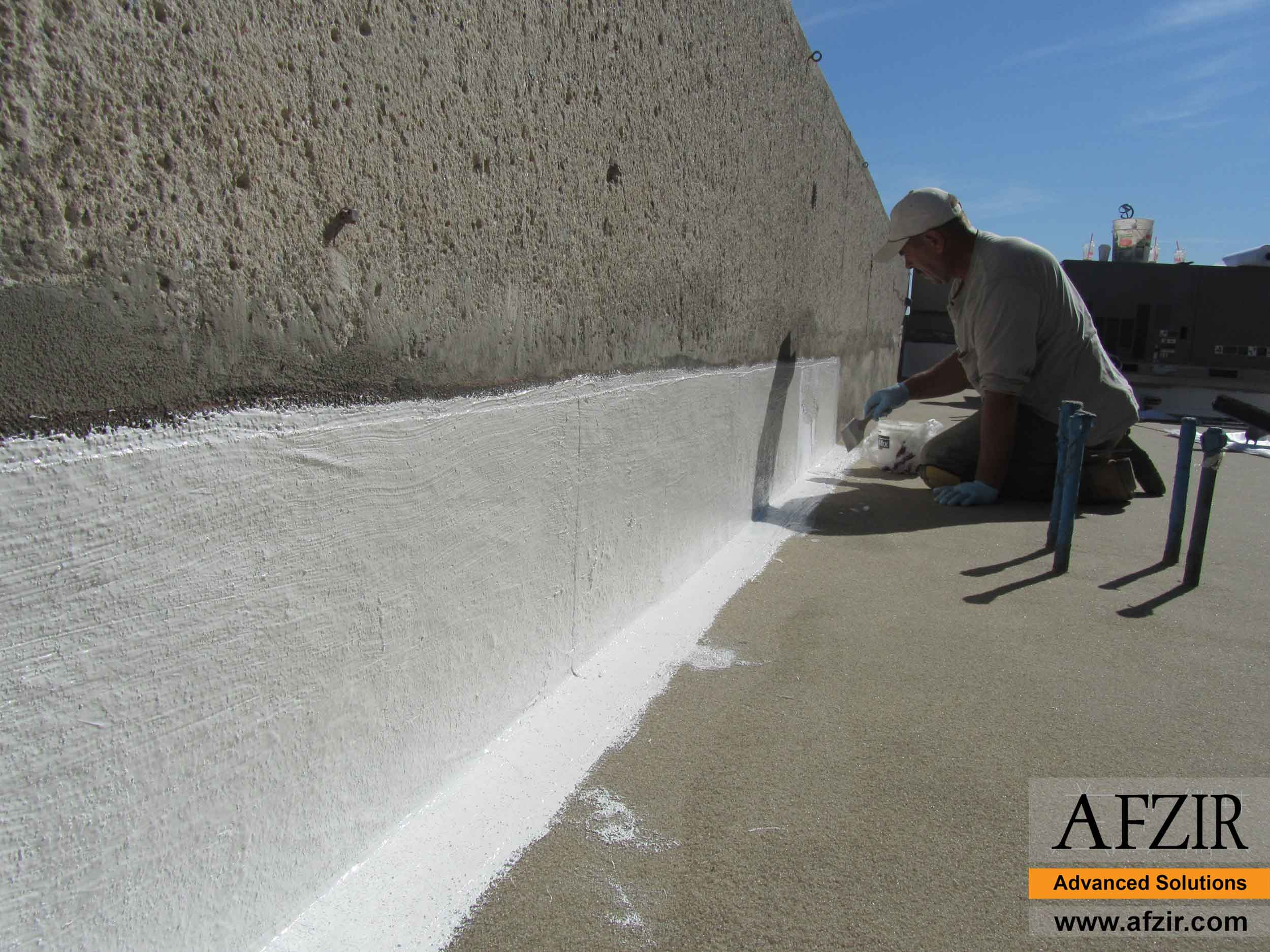







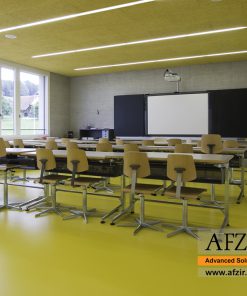
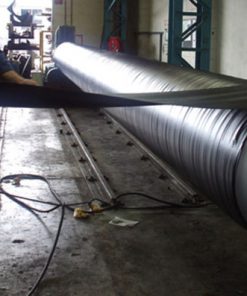


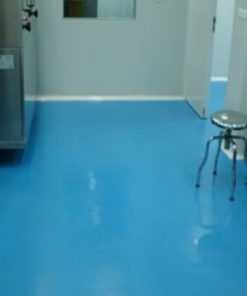
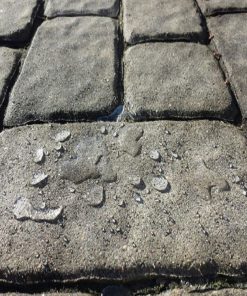

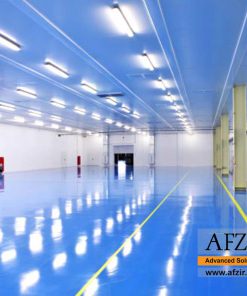

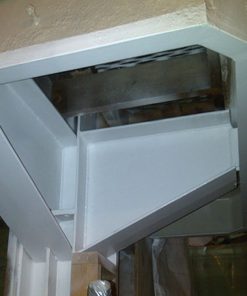
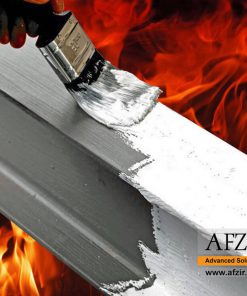


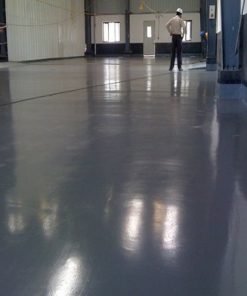

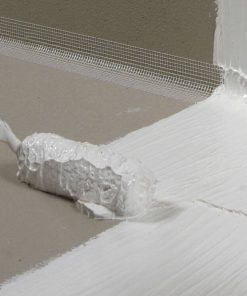

Be the first to review “Waterproofing Material”